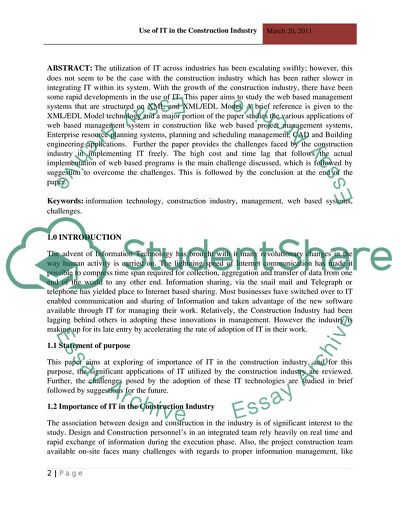Cite this document
(Information Technology Integration in the Construction Industry Assignment, n.d.)
Information Technology Integration in the Construction Industry Assignment. Retrieved from https://studentshare.org/information-technology/1749598-information-technology-it-integration-in-the-construction-industry
Information Technology Integration in the Construction Industry Assignment. Retrieved from https://studentshare.org/information-technology/1749598-information-technology-it-integration-in-the-construction-industry
(Information Technology Integration in the Construction Industry Assignment)
Information Technology Integration in the Construction Industry Assignment. https://studentshare.org/information-technology/1749598-information-technology-it-integration-in-the-construction-industry.
Information Technology Integration in the Construction Industry Assignment. https://studentshare.org/information-technology/1749598-information-technology-it-integration-in-the-construction-industry.
“Information Technology Integration in the Construction Industry Assignment”, n.d. https://studentshare.org/information-technology/1749598-information-technology-it-integration-in-the-construction-industry.


